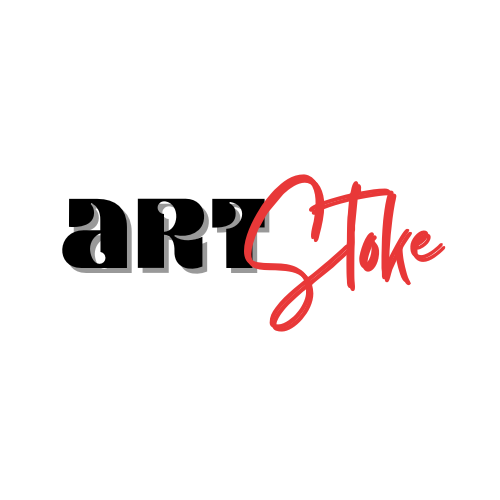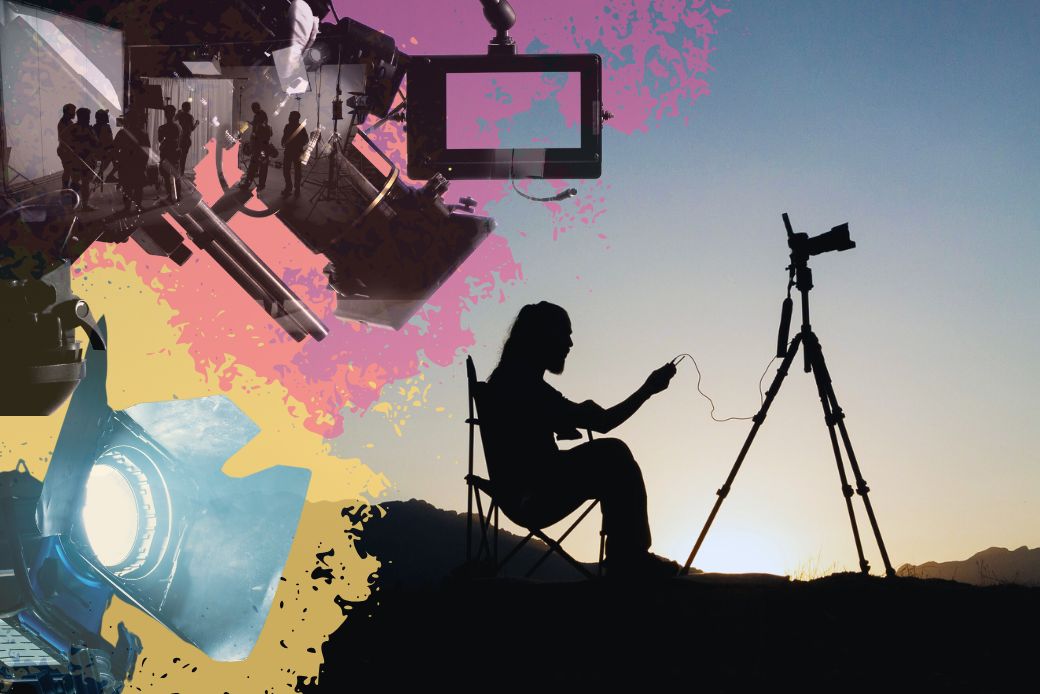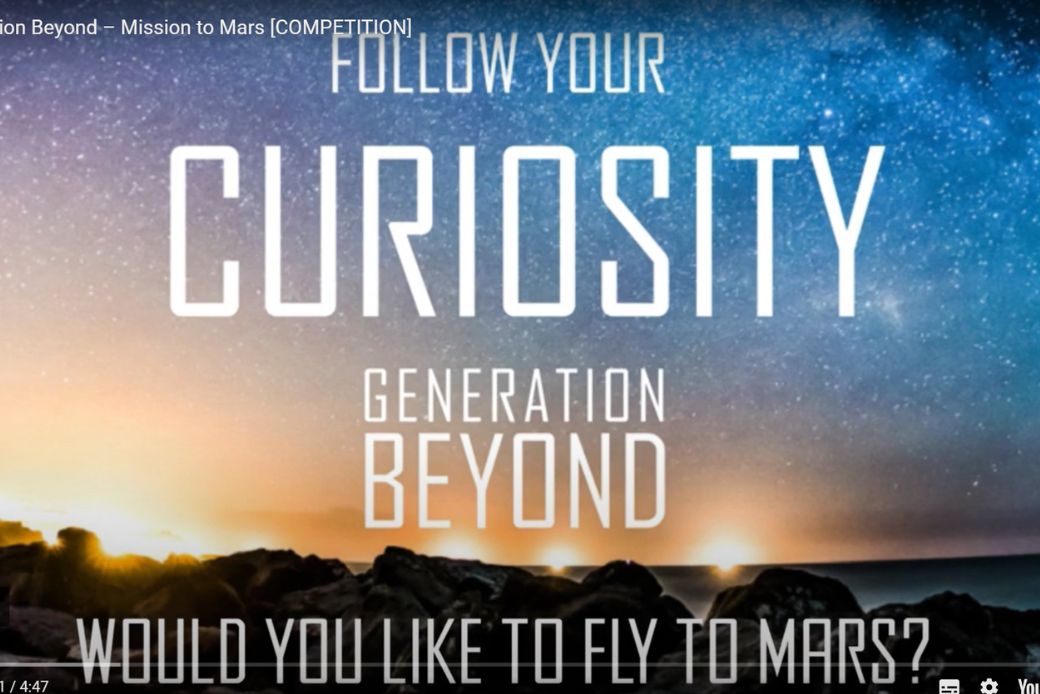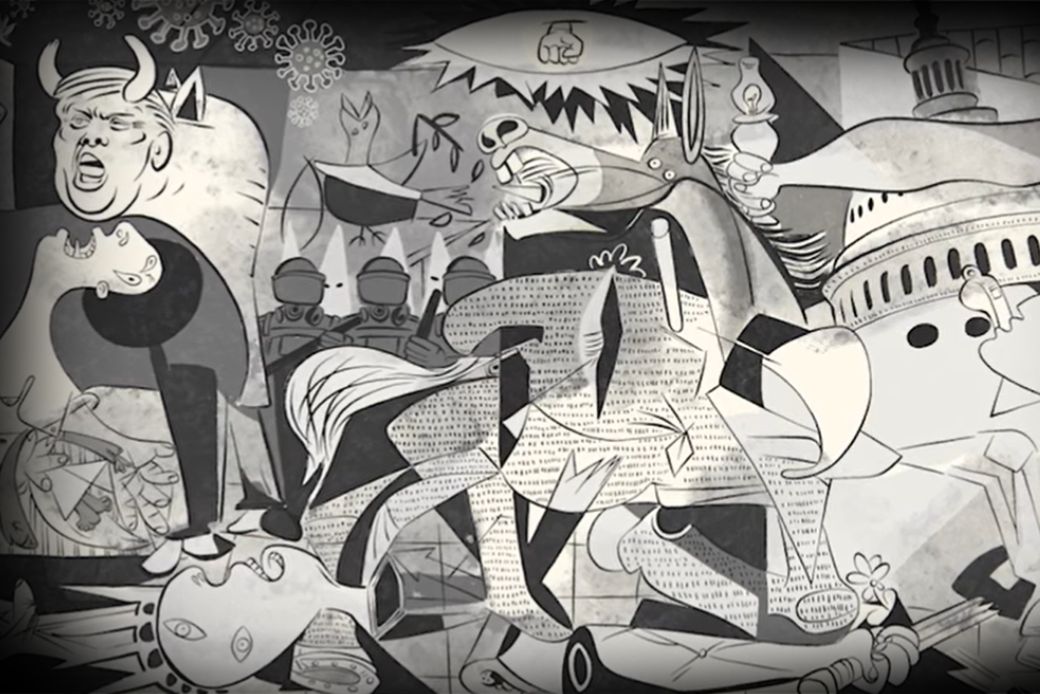Welcome to the Blur
In a world saturated with content, our greatest challenge may not be ignorance, but manipulation disguised as enlightenment. Today, information, entertainment, and ideology blend into a seamless stream. Documentaries feel like blockbusters. News anchors deliver stories with the cadence of performers. Educational content arrives wrapped in mood music, punchy graphics, and sponsored hashtags. We are inside the blur.
In our previous piece, Beyond Climate Panic, we pointed to how emotional urgency can silence complexity. Here, we go deeper into this slippery terrain. This isn’t a call for cynicism but for discernment: a deeper literacy that helps us navigate the docutainment age.
The Docutainment Trap: When Awareness Becomes Agenda
The portmanteau of “documentary” and “entertainment” describes content that raises awareness while steering belief. On the surface, this may seem harmless—even helpful. But when storytelling techniques manipulate rather than inform, viewers lose the ability to differentiate fact from emotionally crafted narrative. The trap? You leave informed, but subtly aligned with a conclusion you didn’t consciously choose.
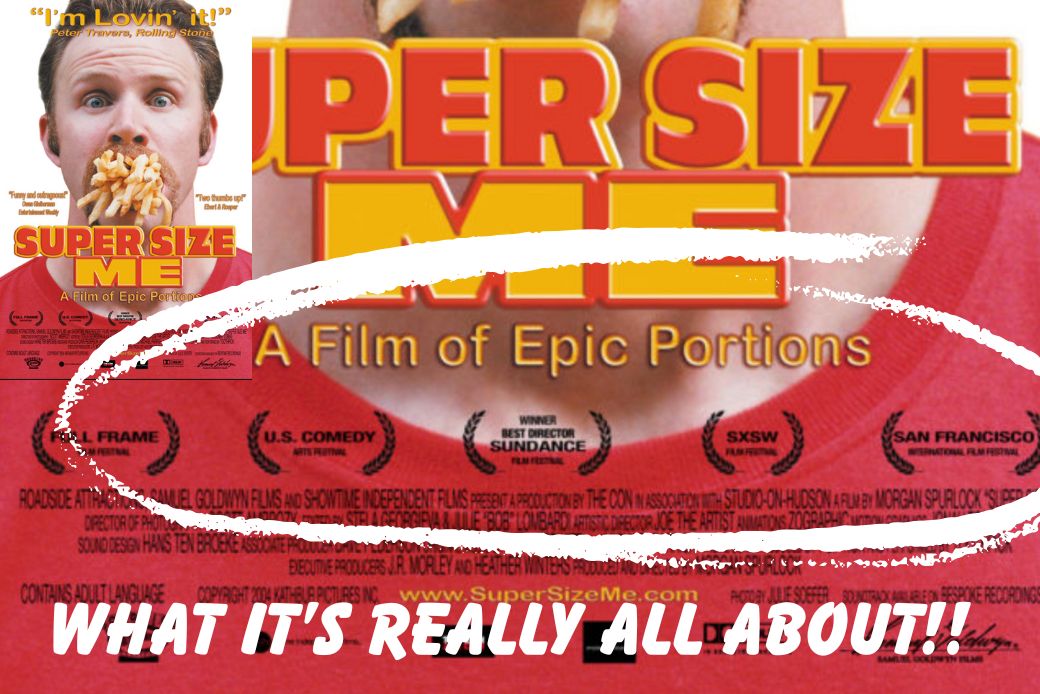
Morgan Spurlock’s Super Size Me was lauded as an eye-opening exposé on fast food, but its strength as entertainment may have been its greatest bias. Rather than presenting a wide range of data or engaging with broader socioeconomic contributors to obesity, the film relied on Spurlock’s personal, exaggerated 30-day McDonald’s-only experiment. The dramatic health decline he experiences is framed as proof of corporate malice—without exploring personal responsibility, food deserts, cultural food norms, or the role of education. The viewer laughs, cringes, and concludes. But the story, while compelling, flattens a complex issue into a one-sided narrative—seductive because it’s simple, and persuasive because it’s personal. That’s the trap: it feels like truth, but it’s structured for effect.
Note: This is not an endorsement of McDonald’s. Verify a company’s ethical standing before buying from them.
The Edutainment Industrial Complex: Manufacturing Consensus
Beyond individual productions lies a system—an ecosystem where education and entertainment merge in the service of dominant ideologies. Like the “military-industrial complex,” the “edutainment industrial complex” refers to partnerships between media houses, governments, NGOs, think tanks, and platforms. Content seems neutral, but often embeds agendas, shaping consensus in ways that bypass debate.
Educational YouTube channels like Lockheed Martin’s “Generation Beyond” present slick, engaging STEM content aimed at school-age children, such as lessons on space exploration or engineering challenges. While these resources appear to promote science literacy, they subtly frame technological innovation through a pro-military, pro-corporate lens. Space travel is celebrated not as a collective human endeavour, but as a frontier led by private military weapons production giants. Missing are the ethical debates around militarization of space, the environmental cost of defence R&D, or alternative visions of science in service of peace. The result is an education pipeline where curiosity is quietly shaped to align with the interests of the very industries funding wars globally.
Note: Lockheed Martin is currently supplying weapons for USA-Israel’s genocide of Palestinians in Gaza, and has been supplying weapons for apartheid Israel’s illegal occupation of Palestine for decades (see International Court of Justice (ICJ)).
The Edutainment Industrial Complex relies on framing, emphasis, and emotional tone to shape perception within the boundaries of media house, government, NGO, think tank, and platform interests and agenda.
The Infotainment Spiral: From Facts to Feels
News starts with facts. But to stay afloat in an attention economy, those facts must become feelings. Stories are trimmed for punchlines. Nuance is sacrificed for shareability. This spiral moves from information to entertainment to manipulation—so smoothly that viewers hardly notice.
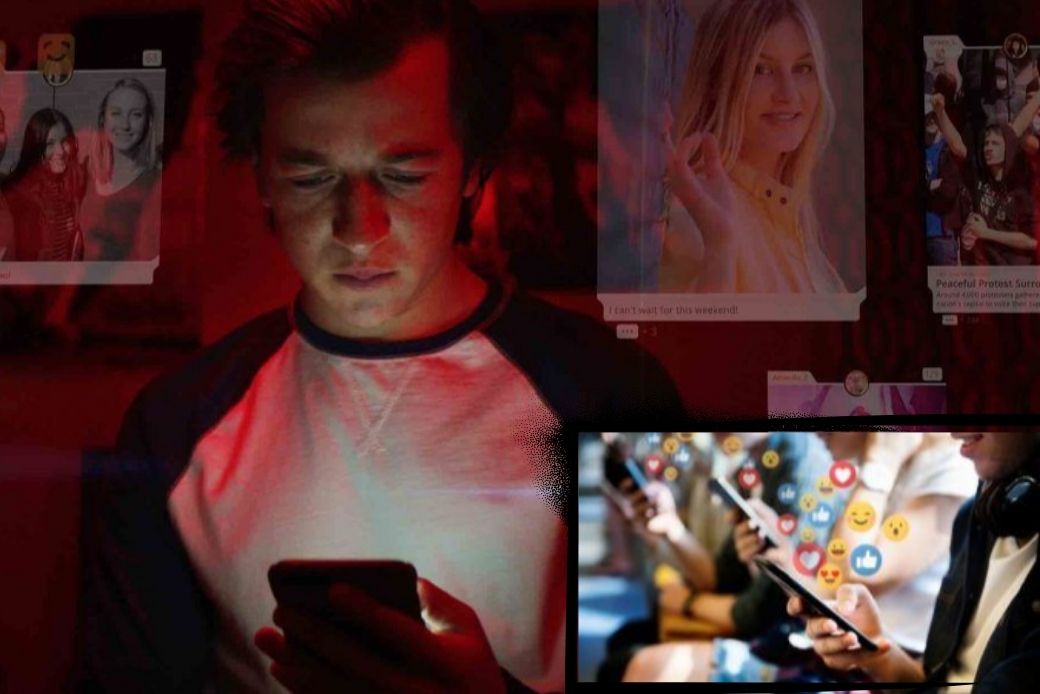
Netflix’s The Social Dilemma critiques social media platforms for transforming user data into addictive emotional experiences. Ironically, the documentary itself employs dramatic re-enactments, ominous music, and a dystopian tone to elicit fear and urgency—blurring the line between critique and participation in the same attention economy it condemns. Rather than fostering nuanced reflection, it funnels viewer emotion into a narrow sense of techno-paranoia, avoiding deeper systemic critiques or alternative visions for digital culture.
Narrative Capture: When Stories Become Cages
Not all storytelling is liberation. Sometimes, it is containment. Narrative capture occurs when familiar tropes replace complex truths. The Hero Scientist. The Doomed Rebel. The One Technological Fix. These frames become cages, pre-loading viewers’ emotional responses and narrowing the field of possibility.
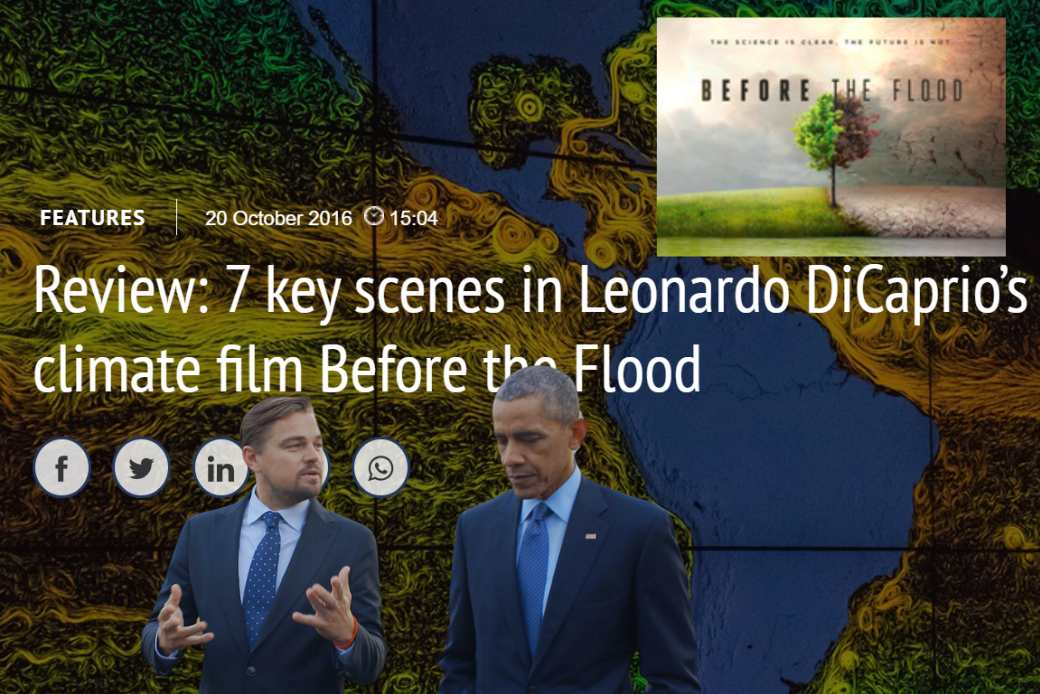
Mainstream climate documentaries often center around a single saviour narrative or tech solution, side-lining community-based action or Indigenous ecological knowledge. For instance, Leonardo DiCaprio’s Before the Flood frames the climate crisis through his personal journey and high-level meetings with world leaders. While visually compelling and emotionally persuasive, the film positions elite actors and top-down interventions as the primary vehicles for change, giving little space to grassroots movements, degrowth advocates, or Indigenous stewardship practices. This narrows the narrative field, reinforcing the idea that solutions must come from above, not below.
Soft Propaganda: The Smile Behind the Script
Unlike the overt propaganda of the 20th century, today’s soft propaganda wears a friendly face. It looks like a TED Talk. It sounds like a humanitarian campaign. It feels like a Netflix documentary. But it persuades without consent, guiding values and beliefs through charm, emotion, and selective storytelling.
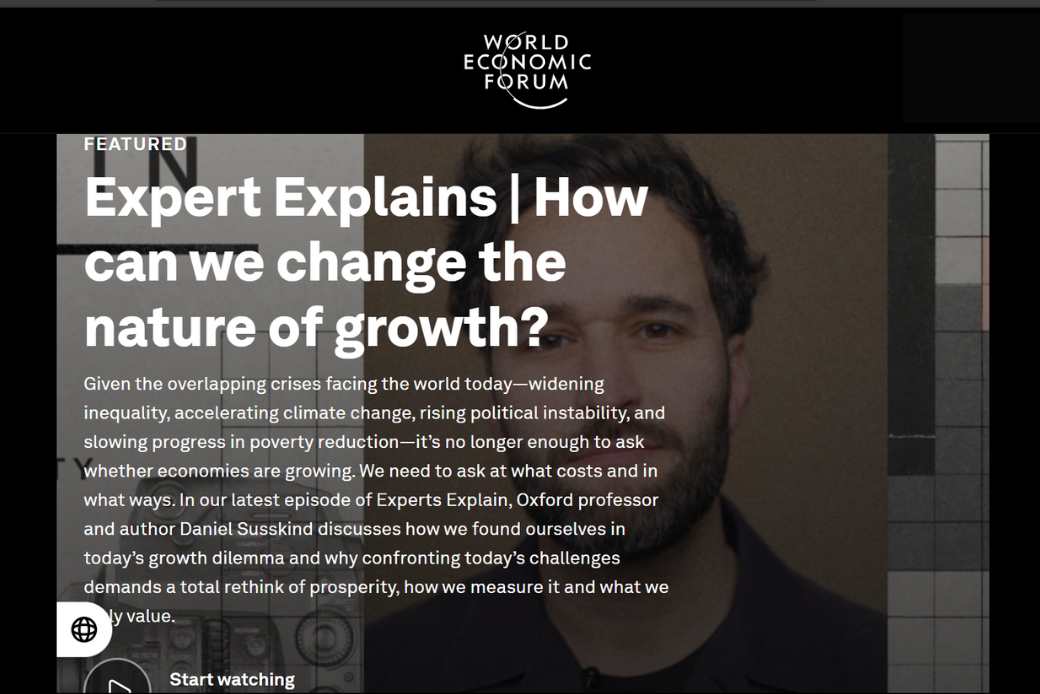
The World Economic Forum’s video content and polished public messaging, while appearing globally benevolent, subtly reinforce elite-driven solutions and a top-down vision of progress.
The Aesthetic of Conviction: When Mood Becomes Message
In the age of visual storytelling, style is not decoration—it is argument. Color palettes, background scores, voice-over tones, and pacing all shape how we feel about what we see. This is the aesthetic of conviction: the use of beauty and affect to produce belief.
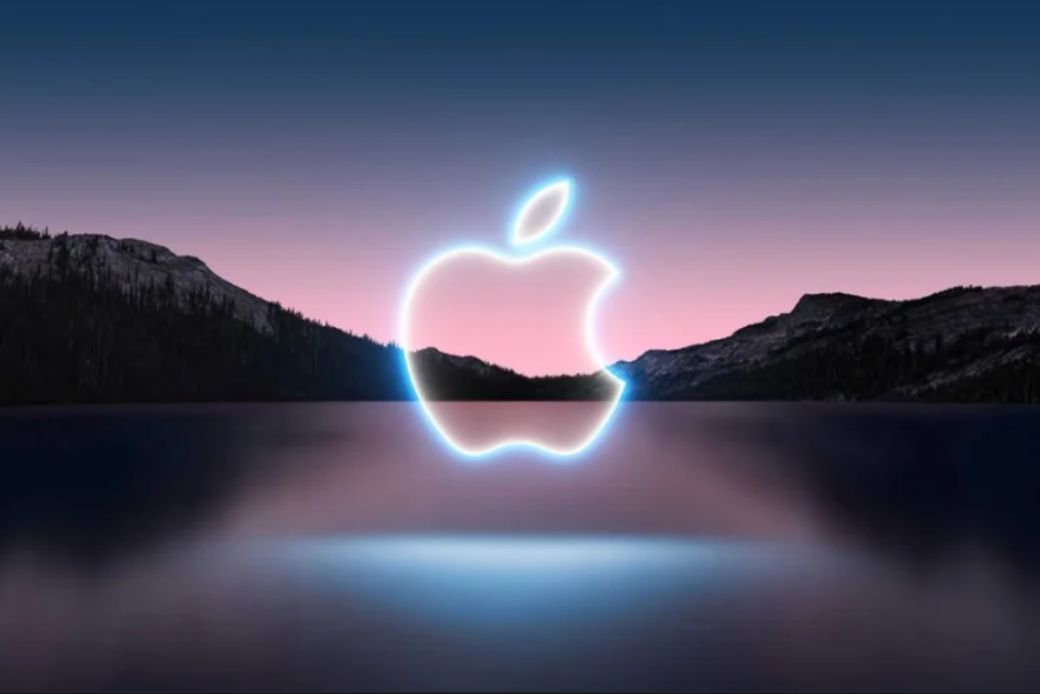
Apple product launches, designed like cinematic performances, use lighting, music, and tempo to generate emotional buy-in before the actual features are explained.
How to Navigate This Terrain: Discernment as a Creative Act
This article is a call for conscious reception. Here are practices to stay awake:
Ask who benefits from this framing?
Every piece of media has a creator with intentions. Asking who gains—politically, economically, socially—can reveal the hidden motivations behind content.
Notice your emotional reaction: Is it yours or was it implanted?
Emotional responses are often engineered. Music, colour, pacing, and narration all affect how we feel. Pausing to notice your emotions helps separate your truth from theirs.
Look for what’s missing, not just what’s present.
What is left unsaid can be more telling than what is said. Whose voices are excluded? What perspectives are ignored?
Compare sources and note contradictions.
No single source holds the whole truth. By viewing multiple perspectives, contradictions become cues to dig deeper and stay sceptical.
Resist closure. Hold space for ambiguity.
The desire for neat conclusions is natural—but real life is messy. Allow space for the unresolved and resist narratives that wrap things up too conveniently.
Make your own media.
Whether it’s a blog, a meme, a zine, or a video, telling your own stories is a radical act. Counter-narratives help diversify the media landscape and build a more conscious culture.
Toward a Culture of Conscious Media
If the 20th century taught us to be literate, the 21st must teach us to be perceptually sovereign. In an era where belief is engineered and perception curated, our deepest freedom lies in our ability to hold the line between story and truth, between being moved and being manipulated.
Discernment is not detachment. It is devotion to complexity, curiosity and critical joy.
